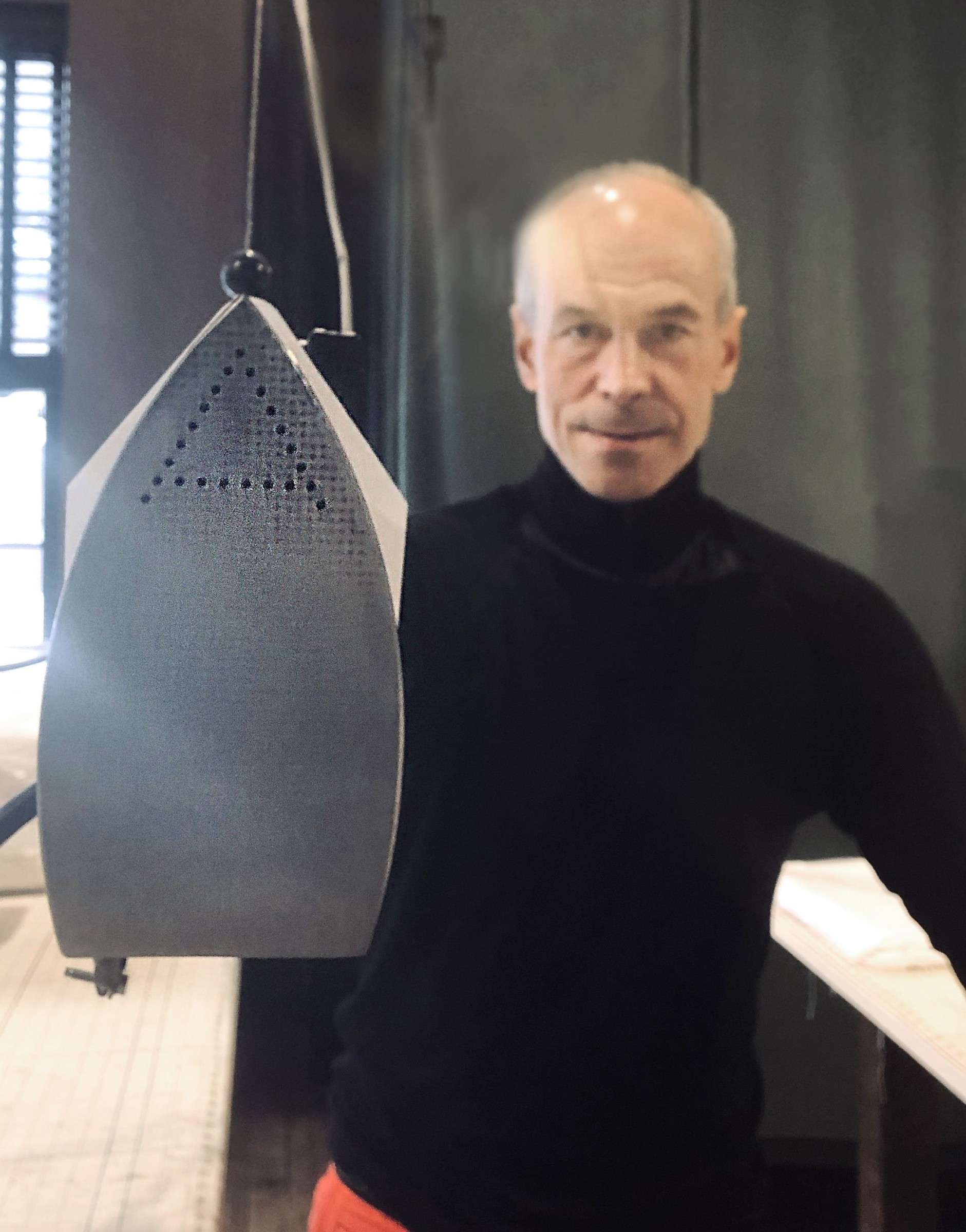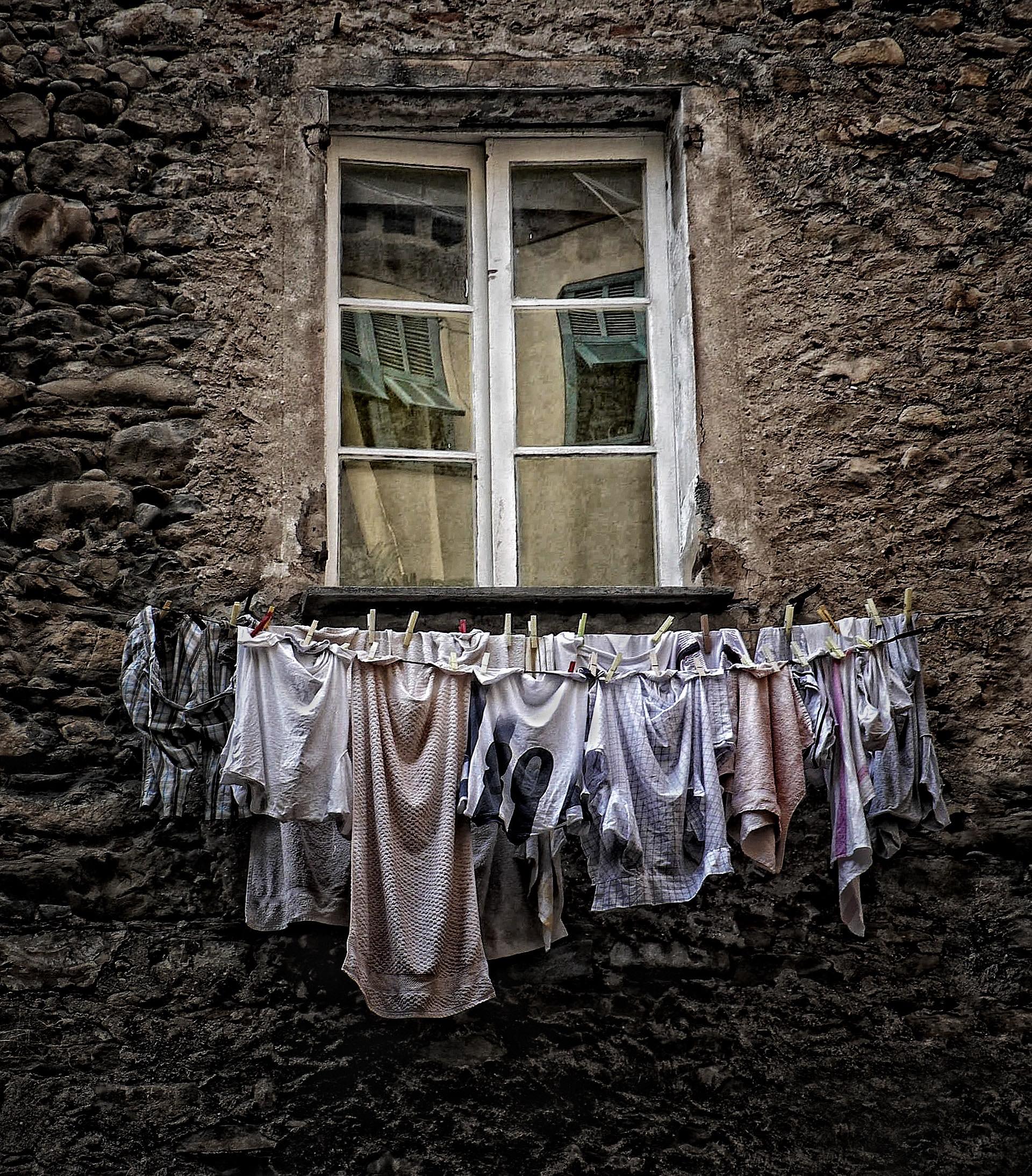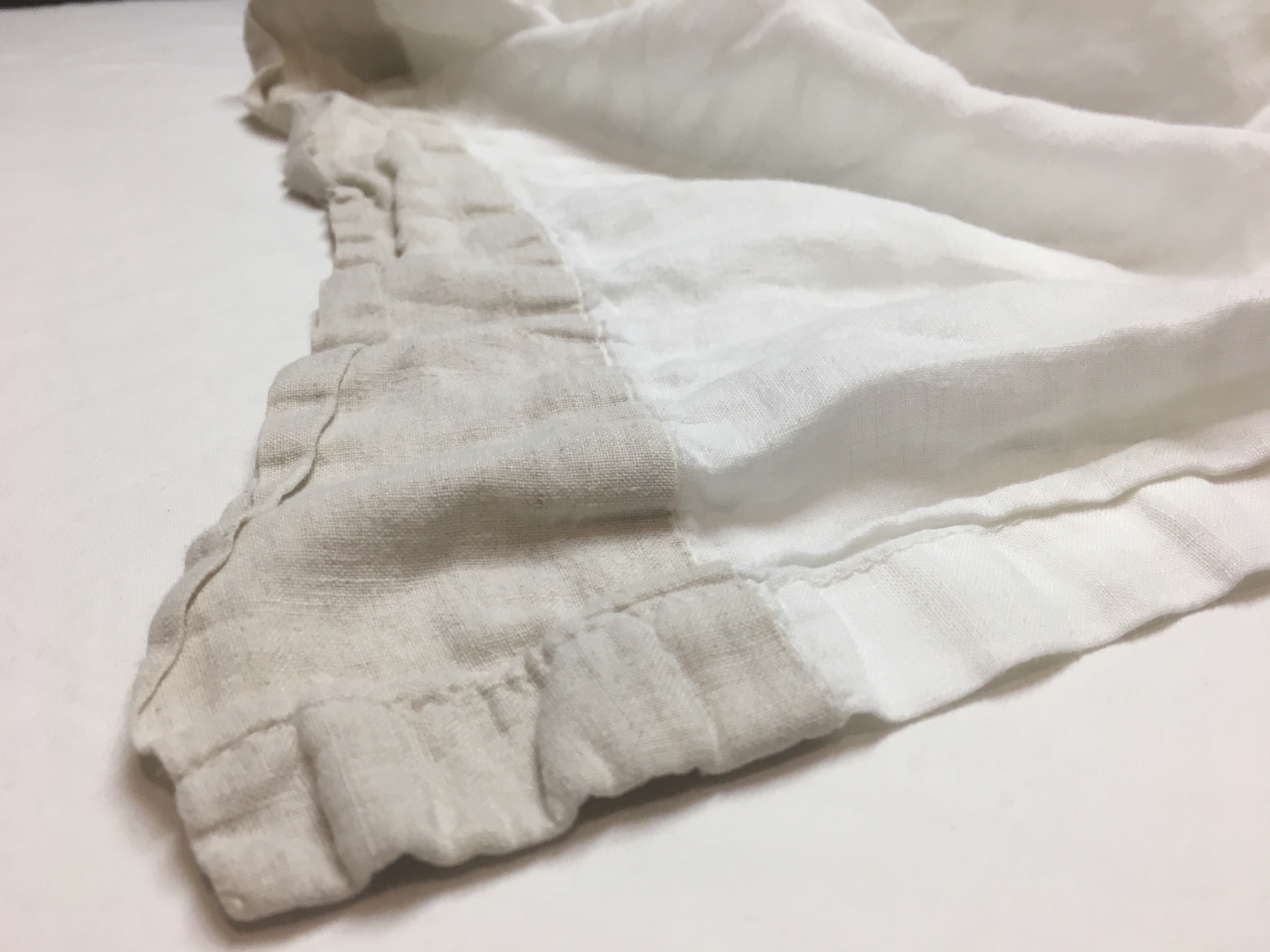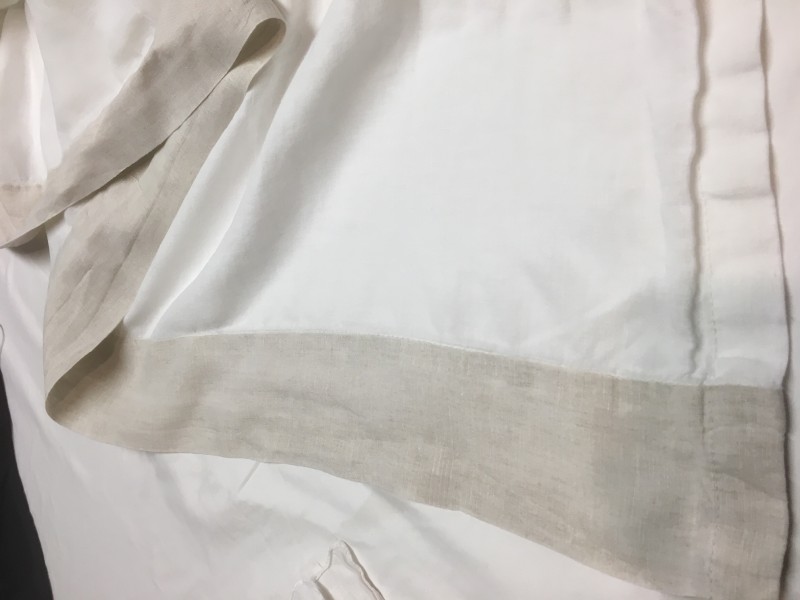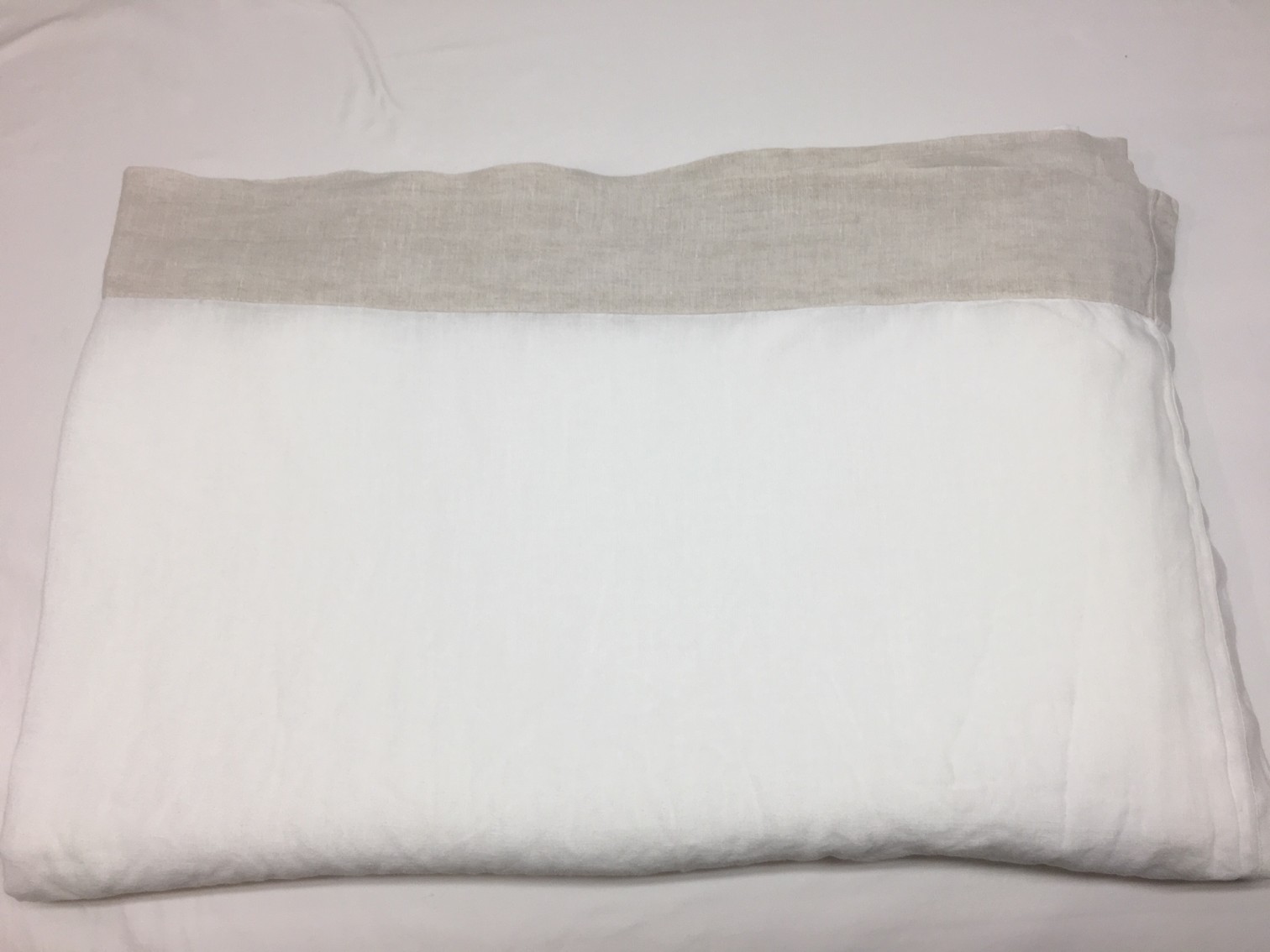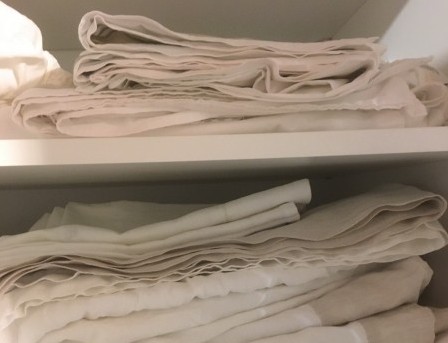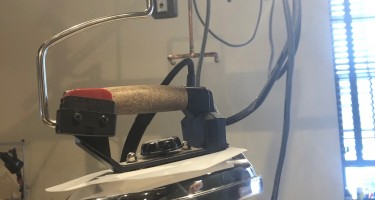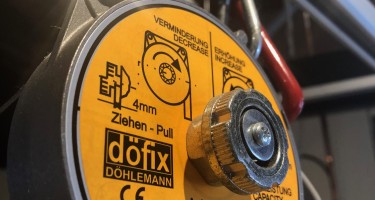Laundry design shouldn’t be an afterthought, and ironing can soothe the busiest of minds.
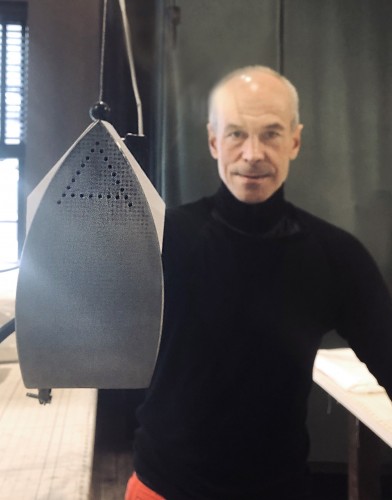 What’s your laundry space like? Stackable washer/dryer squeezed into a kitchen closet? Second floor, first floor or musty basement? Two laundry rooms or one? A small situation upstairs and a major laundry below? Is there a laundry chute?
What’s your laundry space like? Stackable washer/dryer squeezed into a kitchen closet? Second floor, first floor or musty basement? Two laundry rooms or one? A small situation upstairs and a major laundry below? Is there a laundry chute?
What products do you use? Do you understand how these products affect your clothing and linens? Do you iron?
How much thought did you put into your laundry when you designed your house?
Whatever your laundry inclinations, laundry should not be an afterthought in your plans. Laundry is a chore, so let’s make it painless. In fact, let’s give thanks for modern laundry–after a brief history.
Back in the Day
Once upon a time, the washing was done by hand, in cold water, Irons were used not just to press clothing (permanent-press fabrics were only a dream) but to disinfect as well.
I remember my grandmother’s house in Housatonic on High Street: no central heat, only a coal stove in the kitchen and a kerosene heater in the living room; buckets of coal were hauled up from the basement to fuel the stove. There was no heat on the second floor, only what warmth floated up through the floor grates. What was heating up on the coal stove? An iron. An iron iron.
This was 1975 — not so long ago!
Nana’s washing machine, with its wringer attachment, was in the kitchen. The “dryer” was a clothesline in the back yard, just as it still is in most parts of the world.
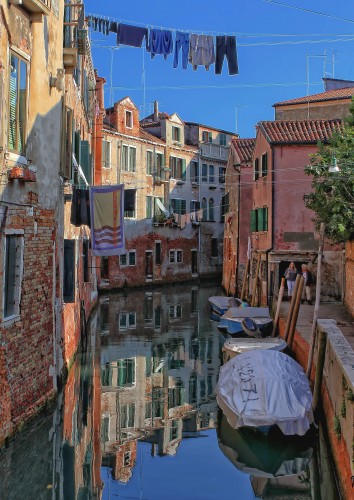
Photo by Ricardo Gomez Angel on Unsplash
In parts of Europe, even today, conditions are equally rustic: My sister-in-law bought a house in Auvergne, France: No running water, minimal electrical service–that’s not uncommon in that region. Great structure, significant tasteful modernization to follow.
Back to the laundry.
I have a great set up in my basement and here it is:
- The basement is moderately finished, organized, well lit, dry and very clean.
- A laundry chute leads from the master suite to two canvas bins in the laundry room.
- I built a 4’ x 8’ laundry table from framing lumber and plywood. I covered the plywood with carpet padding and then wrapped that with canvas, stretched and stapled around the perimeter. It was a $200 project.
- A really big, really bright fluorescent light is centered over the table. It could not be better lit.
- We installed a dehumidification system in the basement so the humidity never rises above 60%.
- My “clothesline” is three, 12-foot long, 8-foot high cables that stretch from the center of the house to the side. The cables are enclosed in PVC pipe, and that’s where I hang my clothing and linens to dry, or drape them over the pipe, avoiding creases or clothespin marks.
- There are two drying racks for underwear, socks, cycling shorts, etc.
- Above the laundry table, there’s an outlet in the ceiling. This keeps the ironing cord out of the way.
If you are designing a new house or redesigning your old house, give some time and energy to your laundry location, logistics, ergonomics and aesthetics! You won’t regret it — you might even come to enjoy it!
Do you iron?
Back in the day, everything was ironed! everything. Towels, underwear, socks, sheets.
I iron table linens and parts of bed linens; I iron lightly my handkerchiefs flat and then fold them without ironing further. Handkerchiefs have to be effective, soft, and absorbent. Too much ironing defeats the purpose. I send my shirts out along with any other garment that requires ironing.
- Going from this…
- to this…
- to this…
- and this…just feels good.
Clearly, I like the grounding, meditative task of ironing. I like the tactile and aromatic sensation of fibers: cotton, linen and blends. I like the sense of completion: when I press the hem of a pillowcase I can finish the task in two minutes and it’s done! Complete! Success! How often does a two-minute endeavor bring such success?
Starch? For sure! Did you know that starch helps with stain prevention?
In the studio, we have a serious ironing setup with a state-of-the-art German iron, made by Dofix, which operates on a trapeze-style system. Check it out.
It’s amazing what is available on the market for ironing. Miele has a fashion master ironing system on the market for $2,499. They also have a rotary iron/mangle for $2,299 which I have to admit I would love. But I am happy with my Dofix ironing setup.
The best interior designers should bring both form, fun and function to your laundry space. So finally, at the end of the day, we can slide into the fruits of our laundry labor and sleep well.
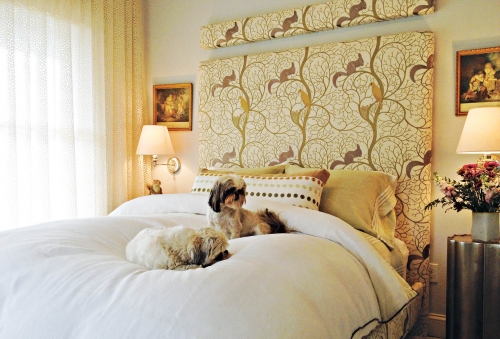
Quick Tips
- Iron tablecloths and bed linens when slightly damp. Place an old clean sheet on the floor under your ironing board to prevent the dangling ends of the linens from picking up dust or dirt. Make sure the heat setting is appropriate for your fabric. If you use spray starch, work in small sections.
- Don’t you hate it when you unfold your nicely-ironed tablecloth and it’s perfect–except for those fold mark? After pressing, don’t fold–roll them on a cardboard tube, wrap in plastic wrap then unroll them on the table. They will be perfect.
- If you accidentally dried your linens bone dry in the dryer, mist them with distilled water and let them sit for a few minutes. Or, wet a cotton towel under the faucet, wring it out, and place it over your ironing item. Leave the steam setting on.
- How do I store my linens? I fold my bed linens; garments are hung. I had some white melamine cabinets built for the basement, 24” wide with shelves spaced at 8-10”. It breathes, it’s dry and it’s been insect free. Some tablecloths are rolled and some are folded.
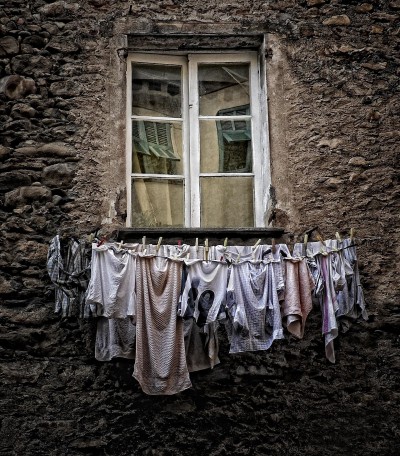
Photo by Mario Bianchanetti on Unsplash
